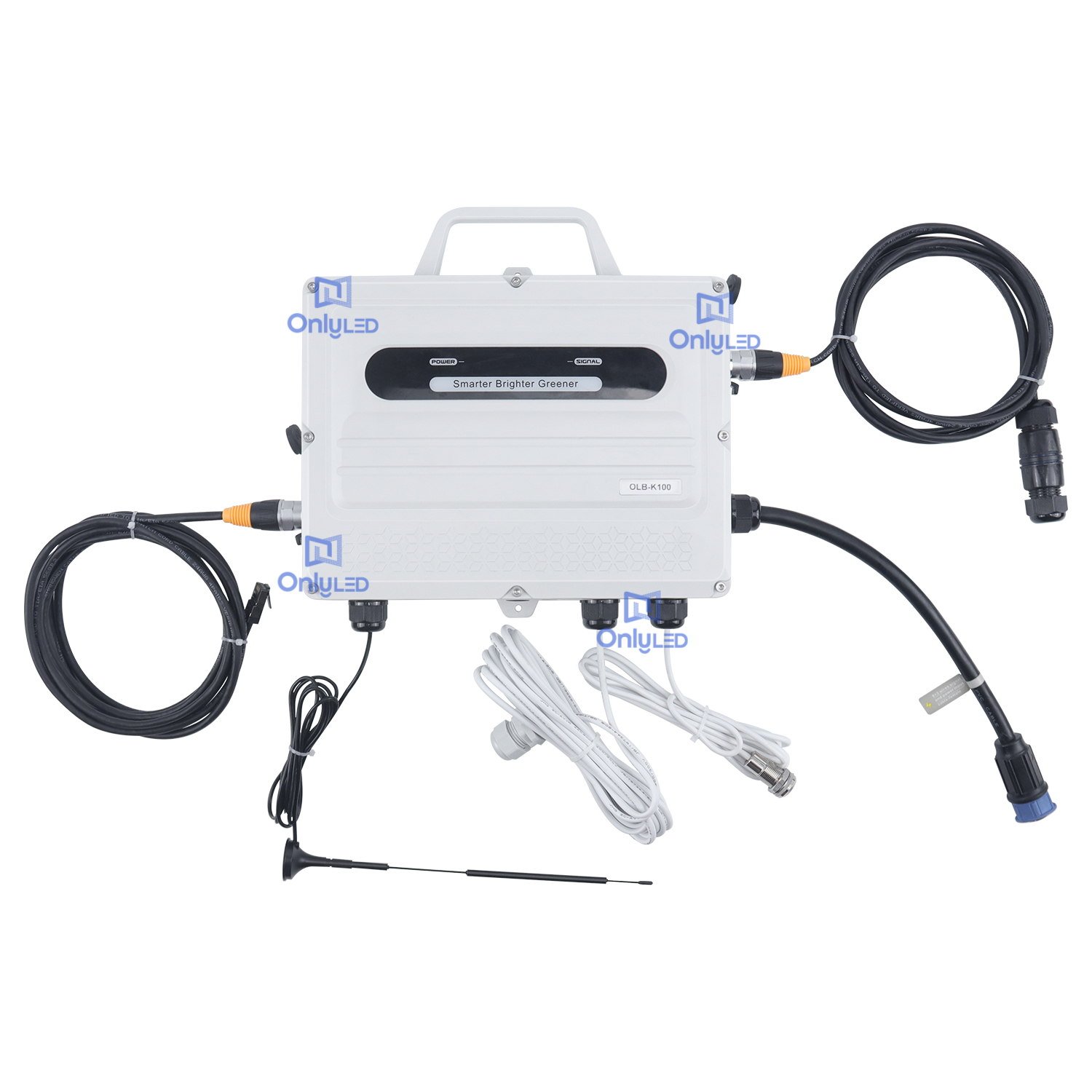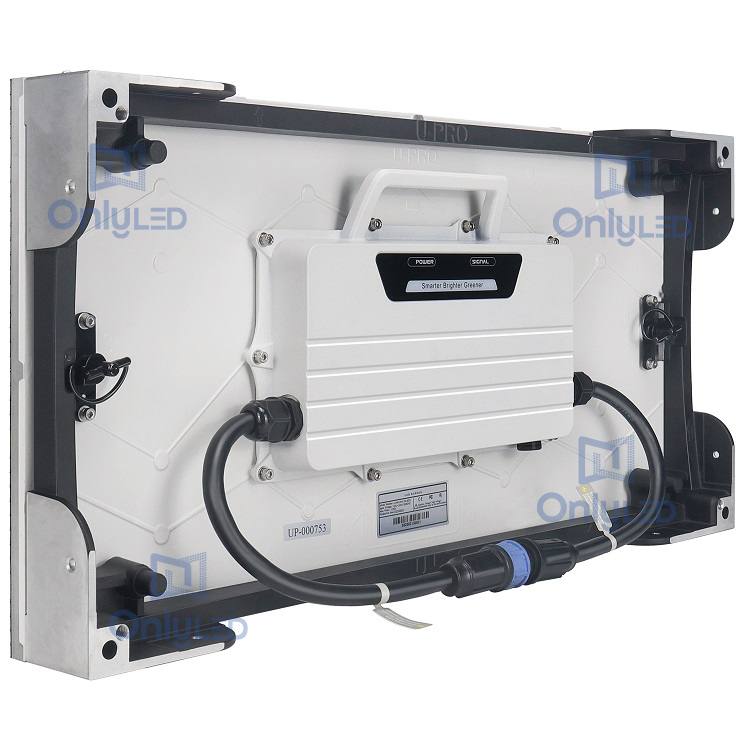Industry News
Exploring the Art of Building Interactive Touch Screens

Touch screens have become an essential interface in today's digital world, revolutionizing the way we interact with technology. Their intuitive nature and seamless functionality make them a must-have feature in various devices, from smartphones and tablets to information kiosks and interactive display panels. If you're curious about how to make an interactive touch screen, this guide will provide you with valuable insights and steps to create an engaging user experience.
1. Selecting the Right Hardware
The first step in building an interactive touch screen is choosing the appropriate hardware components. This decision largely depends on the intended use of the touch screen. For smaller devices like smartphones and tablets, capacitive touch screens are often preferred due to their excellent responsiveness and multi-touch capabilities. On the other hand, if you are creating a larger interactive display, such as an information kiosk, infrared touch panels or optical touch screens might be more suitable.
2. Developing Responsive Software
Once you have selected the hardware, it's time to develop the software that will power your touch screen. This involves designing a user-friendly interface and implementing interactive functionalities. HTML5, CSS, and JavaScript are popular languages used for creating touch screen applications. Utilizing frameworks such as React Native or Flutter can also expedite the development process and enhance the performance of your application.
3. Optimizing User Experience
Creating an engaging user experience is crucial for the success of your touch screen. Here are a few considerations to keep in mind:
a. Visual Appeal: Design an aesthetically pleasing interface that captures users' attention. Use high-quality graphics, vibrant colors, and intuitive icons to enhance the overall visual appeal.
b. Intuitive Navigation: Ensure that the touch screen offers intuitive navigation options. Organize content in a logical manner, provide clear instructions, and implement gestures such as swiping and pinch-to-zoom for effortless interaction.
c. Responsiveness: Aim for a highly responsive touch screen by optimizing system performance. Minimize latency and lag to provide users with a seamless and immersive experience.
d. Accessibility: Make your touch screen accessible for individuals with disabilities. Incorporate features such as voice commands, adjustable font size, and color contrast options to cater to diverse user needs.
In conclusion, building an interactive touch screen requires careful consideration of hardware, software, and user experience. By selecting the right components, developing responsive software, and optimizing the user experience, you can create a touch screen that captivates and delights users, enhancing their overall interaction with technology.




